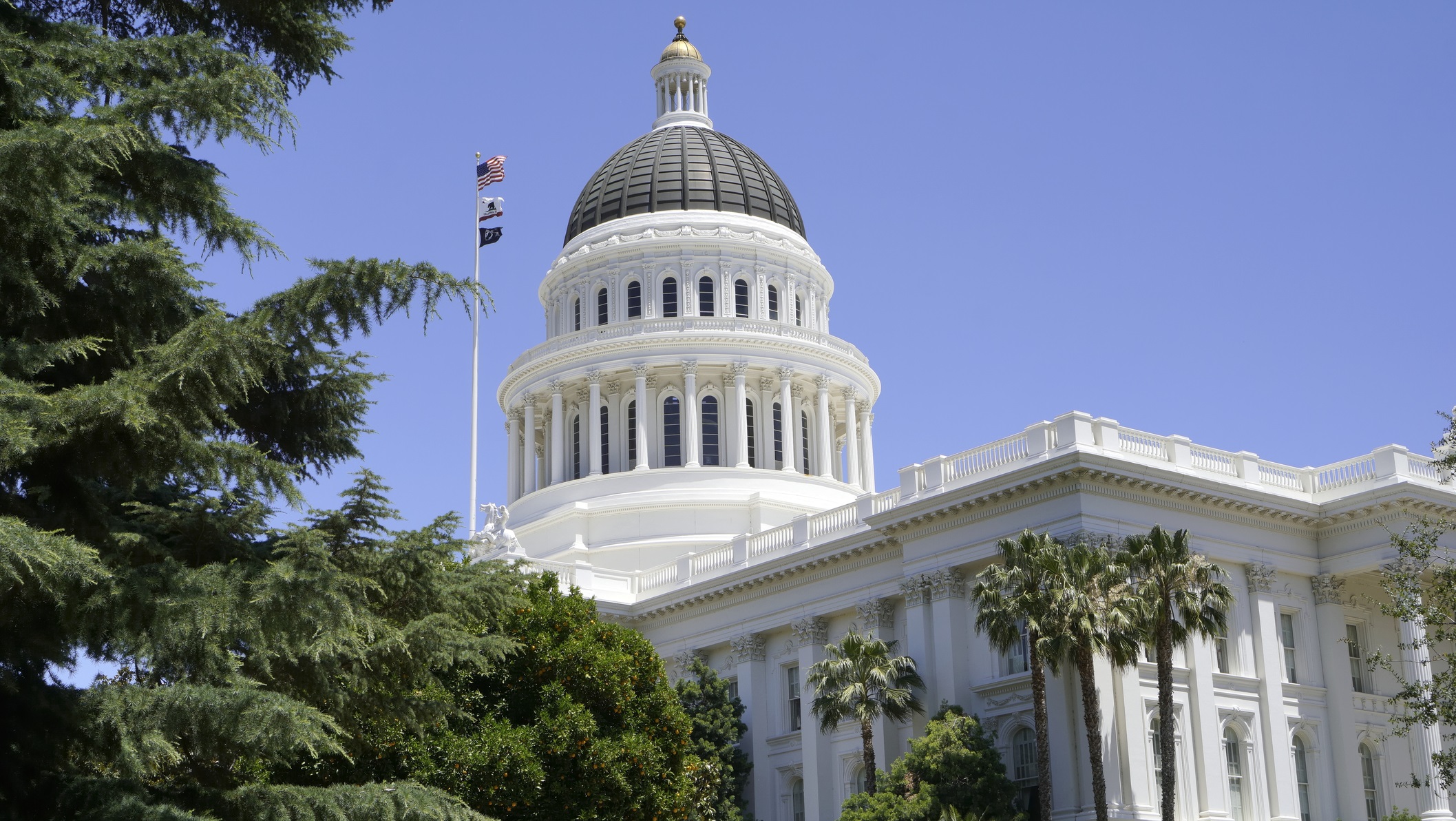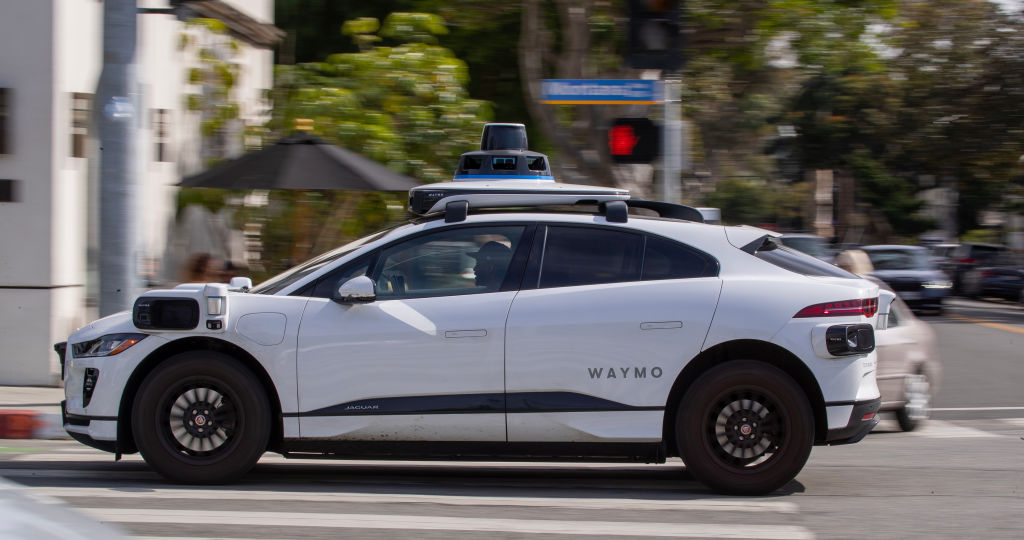PG&E paid a one-time state Public Utilities Commissioner as much as $900,000 to influence state regulators in the wake of the 2010 San Bruno gas pipeline disaster – an effort that included the secret coaching of CPUC’s then top safety official on how to pitch a plan to spare the utility from being fined for the blast, newly released internal emails show.
The emails – revealed by the utility after a fight waged by the city of San Bruno -- shed new light on the extent of PG&E’s behind-the-scenes effort to sway regulators against fines. Ultimately, the company paid $1.6 billion in regulatory penalties for the disaster -- including $300 million in fines, with the balance for tax-deductible safety spending and victim and ratepayer compensation.
While PG&E has since been separately fined $86.5 million more for backchannel communications with state regulators, that sum does not reflect the latest emails the bankrupt company recently turned over as part of the CPUC proceeding over ex-parte, or one-sided communications with state regulators.
Many of the new emails are to and from Susan Kennedy, a former CPUC commissioner and chief of staff to Gov. Arnold Schwarzenegger, whom PG&E started paying $25,000 a month to serve as a consultant after the San Bruno blast. Ultimately, documents indicate, she was allocated up to $900,000 for her work, although how much she was actually paid is not clear.
After she was hired in 2012, Kennedy dined regularly with the CPUC’s newly installed safety chief Jack Hagan, calling him “The G” as he had been a brigadier general with the state military reserve. Emails show she kept PG&E informed about those meetings.
By mid-2013, Hagan was publicly touting a plan to spare the utility from having to pay fines in favor of spending billions in tax deductible safety improvements.
On the afternoon of June 19, 2013, Hagan was to meet with the San Francisco Chronicle’s editorial page editor John Diaz to push that plan.
Local
At 6:12 a.m. that day, Kennedy emailed Diaz – someone she’d known previously -- with an offer to “play hookie” at a Giants day game. Diaz replied that while he would “love to,” he had to meet with the CPUC’s safety director in advance of a scheduled meeting with top PG&E officials the following day about the San Bruno case.
Unable to get Diaz to cancel, Kennedy instructed the newly installed safety regulator on how to pitch the no-fine plan to the newspaper editor.
“Your proposal is simple,” Kennedy emailed Hagan, setting out detailed talking points just minutes before the meeting was set to start.
“The simplest point is that the CPUC is making PG&E do much more than anything they would EVER have had to do to merely keep up with state and federal safety standards.”
She went on to tell Hagan how to justify PG&E spending billions more to certify dozens of gas pipelines that the company had long considered safe without full test records.
“The question of what they should have been doing all along cannot be answered precisely - because PG&E was allowed to maintain records in a very lax manner,” Kennedy told Hagan, adding that he should tell Diaz “you believe they [PG&E] can absorb another $2 billion in costs that will not be reimbursed from rates. Beyond that, we’re guessing at what point investors choke and ratepayers end up paying for those safety improvements.”
Kennedy immediately forwarded those talking points to then PG&E CEO Tony Earley, saying: “See my note below to Hagan in preparation for his meeting with Diaz today at 2” and adding, “I will update you after he comes out of the Chron.”
Kennedy made sure to inform Earley the communication was being sent via the company’s regulatory attorney as a protected confidential legal communication.
Jim Ruane, the former mayor of San Bruno who led the fight for disclosure, said the emails confirm his worst fears.
“PG&E had a key to the back door of the PUC” he said. “It’s obvious from what I’ve read, that PG&E had a direct line to CPUC commissioners.”
As an example, Ruane pointed to an email from April 2013. After discussing one of her proposals with then Commissioner Mike Florio, Kennedy emailed her bosses: “Florio loved the idea…” and that he “Will support The G.”
Ruane said he is heartened that PG&E’s hidden role was finally fully revealed, even if it took six years.
“They were working behind the scenes in what I consider an illegal way,” he said. “It’s still very upsetting. Every time they tried to do something, they dug themselves a little deeper.”
In a statement, PG&E said it “self-disclosed” the issue surrounding the communications back in 2014 and provided some 65,000 emails to state regulators.
The company said it has since taken “corrective actions to remain in compliance with both the letter and the spirit of the law,” and that the latest emails “have much of the same tone and general content” as previously disclosed emails.
“Most of them reflect behavior that was improper and unprofessional,” the utility said, adding: “The employee and consultant who are the subject of most of these additional emails have not worked for PG&E since 2014. We will continue to work cooperatively with the CPUC and other interested parties and continue to focus on following both the letter and spirit of the law.”
The disclosure comes amid the company’s recent bankruptcy – and that may complicate any effort to penalize the utility beyond the $86.5 million PG&E has already paid over improper communications, said Marc Zafferano, an attorney who fought to get the emails for the city of San Bruno. He said he is not sure more fines will ever be paid.
“These emails were very disturbing to the city,” Zafferano concluded. “They add further support to the city’s suspicion at the time, that PG&E was improperly trying to influence the process.”
The utilities commission said in a statement that the “emails in question are years old” and that the agency has changed leadership, including a new head of safety, and now has strict rules governing the kind of communications the company recently disclosed.
“The CPUC is currently focusing on evaluating wildfire mitigation plans, and investigating the safety and record-keeping practices of PG&E, among other initiatives.”



